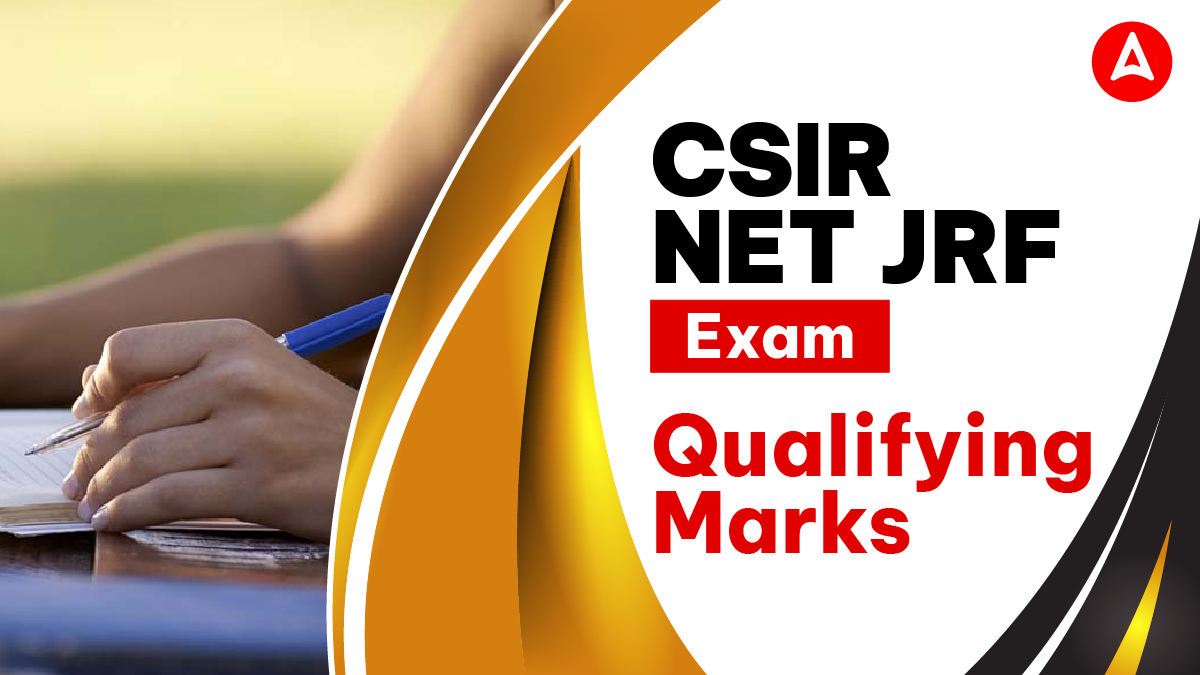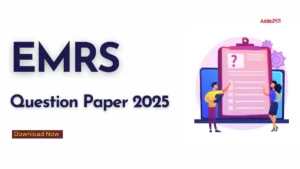Table of Contents
The CSIR NET JRF Exam is a national-level test conducted by the National Testing Agency (NTA) for candidates aspiring to pursue research through the Junior Research Fellowship (JRF) or qualify for Assistant Professor positions. As thousands of candidates compete each year, understanding the minimum qualifying marks is essential for setting realistic preparation goals. These qualifying marks vary based on subject and category and serve as the benchmark to determine eligibility for the next stage. In this article, we provide a detailed overview of the CSIR NET JRF qualifying criteria, helping aspirants plan their preparation effectively and boost their chances of success.
CSIR NET JRF Exam Qualifying Marks
To qualify for the CSIR NET JRF, candidates must achieve minimum qualifying marks in the CSIR NET exam, which vary by category- typically 33% for General and OBC candidates, and 25% for SC, ST, and PwD candidates. However, meeting these marks only makes a candidate eligible; securing a spot in the top 6% of qualified candidates is essential to actually receive the Junior Research Fellowship (JRF). Since the final selection is based on the cut-off marks, which change each year depending on the exam’s difficulty, number of candidates, and available fellowships, aspirants should treat these minimum marks as the baseline and aim significantly higher to ensure selection.
- General Category: 33% aggregate marks
- Reserved Categories (OBC, SC, ST, PwD): 25% aggregate marks
Key Factors That Influence JRF Qualifying Marks
Although the minimum qualifying marks set a benchmark, the actual JRF cutoff is determined by multiple factors each year. These factors are the actual game changers that decide your academic future ultimately. Candidates should consider these aspects when planning their preparation:
- Number of Candidates Appearing: Higher competition often leads to an increased cutoff. Fewer applicants can result in a relatively lower qualifying threshold.
- Exam Difficulty Level: If the paper is tougher than usual, cutoffs might be lower. Conversely, an easier exam could raise the minimum marks required for JRF selection.
- Subject-Wise Variations: Each subject under CSIR NET has its own cutoff trends. Some subjects, particularly those with high applicant numbers, may have more competitive cutoffs.
- Category-Based Differences: The qualifying marks differ based on reservation categories, ensuring fair representation for all groups.
How to Improve Your Chances of CSIR NET JRF Exam Qualifying Marks?
The CSIR NET JRF exam is one of India’s most prestigious and competitive national-level tests for aspiring researchers and future Assistant Professors in scientific disciplines. Given the intense competition, a strategic approach combining smart preparation and a well-structured study plan is important to securing a top score. To help you crack the exam with confidence, here are some key strategies to optimize your preparation and boost your chances of success.
- Understand the Syllabus and Exam Pattern: Start by carefully going through the official syllabus and exam pattern. Identify the important topics that carry more weight in the exam.
- Practice Mock Tests and Solve Previous Papers: Regular practice with mock tests and previous years’ papers will help you get familiar with the exam’s difficulty level. It will also improve your speed, accuracy, and time management skills.
- Focus on Core Concepts: Instead of just memorizing facts, focus on understanding the fundamental concepts of your subject. Strong basics will help you tackle tricky and application-based questions more effectively.
- Stay Updated on Cutoff Trends: Check the previous years’ cutoff marks for your subject and category. This will help you set a realistic target score and plan your preparation accordingly.
- Manage Your Time Wisely: Create a study plan that covers all subjects and topics systematically. Give extra time to difficult areas while ensuring you revise the topics you are already good at.





 EMRS Question Paper 2025 Released, Downl...
EMRS Question Paper 2025 Released, Downl...
 UP LT Grade Teacher Answer Key 2025 Out,...
UP LT Grade Teacher Answer Key 2025 Out,...
 RPSC Assistant Professor Question Paper ...
RPSC Assistant Professor Question Paper ...












